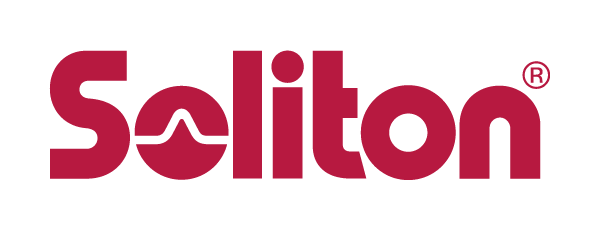In 2020 when the world’s largest automotive manufacturer needed an extra 12,000 additional users of remote access, doing anything normal went out of the window.
Upscaling the existing remote access solution wasn’t a viable option. Upscaling required infrastructure changes and additional load balancers to add more users: even if it were possible, it would take weeks which was too long.
Using a VPN connection for remote access was also not an option. Aside from the risks associated with VPNs, the company needed a solution to cater for approximately 6,000 AutoCAD users; high library call volumes and large data downloads meant these users would put too much burden on the VPN, making it unacceptably slow.
The right solution came from Soliton SecureDesktop; it offers easy scaling up, can be deployed in hours and is secure. Staff at the company’s 53 manufacturing plants worldwide could work during lockdown remotely or from home.
In normal times, companies need to offer staff, contractors and freelancers remote access. It’s most companies business-as-usual plan. But when you need to do remote access at scale, cracks can appear quickly.
- The current system won’t scale: Most remote access solutions will not scale without changes to IT infrastructure and load balancing.
- VPNs are vulnerable to unmanaged devices: These unmanaged devices can introduce risk to the company in the form of viruses and malware and are intrusive to the private device of the user.
- VPNs are quickly overwhelmed: VPNs get put under pressure quickly from high volumes of users trying to access services.
- Expectations are always on and superfast: When you turn on Netflix on your TV, you want it instantly - and that’s what we’ve come to expect. Now, while people work from home, they expect accessing work computers to meet the same standards - fast and secure.
- Infrastructure is expensive and takes time: making changes to IT systems is often costly, time-consuming or both.
- Supplying new laptops and devices is not an option: getting the right specification for every user (not too big a spec - expensive - and not too low a spec - unusable) takes time. When there is a high demand for everyone to get a laptop and monitor for the home, you can’t get hold of enough devices even if you wanted to.
- Data leakage can come at any time if you transfer data.
So what can you do? How can you improve secure remote access, maintain security and support employees working away from the office?
It needs a different approach to remote access, one that is fast, secure and easy to get started.
Putting the right solution in place
Don’t allow data to be transferred and avoid expensive breaches
Find a system that only syncs the screen to the remote device and doesn’t transfer the data.
Digital certificates must authenticate users
Digital certificates, which validate users and devices to ensure they’re allowed access. If a PC or phone doesn’t have the right certificate to make a connection, that trust isn’t in place, and access denied.
Insist on Outbound-only Connections: Avoid VPNs - avoid inbound traffic
Connect the two devices, don’t just let the device into the computer or the network. Make sure the traffic is only every outbound - see Soliton SecureDesktop for more details on how it works.
SecureDesktop is a cloud service that connects an internal resource to a remote device, without having to open up the firewall. Both the remote device and the internal device connect outbound to the service, and the service connects the two together. The result of this connection is that the remote device and the internal computer are talking directly to each other over a secured channel. As the connections are outbound, it’s unlikely any firewall changes are necessary.
Using outbound connections, the internal desktop computer can take any available route to the internet. This approach prevents a single point of congestion, which improves performance and keeps the service fast.
Allow people to use their own devices - securely
You don’t always need to supply the hardware. People don’t necessarily want two laptops or two phones. You can achieve better user adoption, and it’s often a much cheaper solution to let people use their own devices. Now with the right security - no worries about the rest of the family using the computer in the evenings and threatening company data and systems.
Easy-rollouts are a lifesaver
Users can be up and running in minutes with real security without training with some solutions. Being able to share instructions by email and have users self-serve certificates means any device can be secured in under an hour - in fact in minutes
One product, Soliton SecureDesktop launched only this year, ticks all the boxes and is already solving for customers worldwide - and also at this challenging time - the product is available free for 2-months to help every organisation.
What’s more, it’s Japanese technology, from Japan’s number one security software vendor - and it’s helping customers as large as the world’s largest automotive manufacturer with its 50,000 employees, contractors and freelancers.



